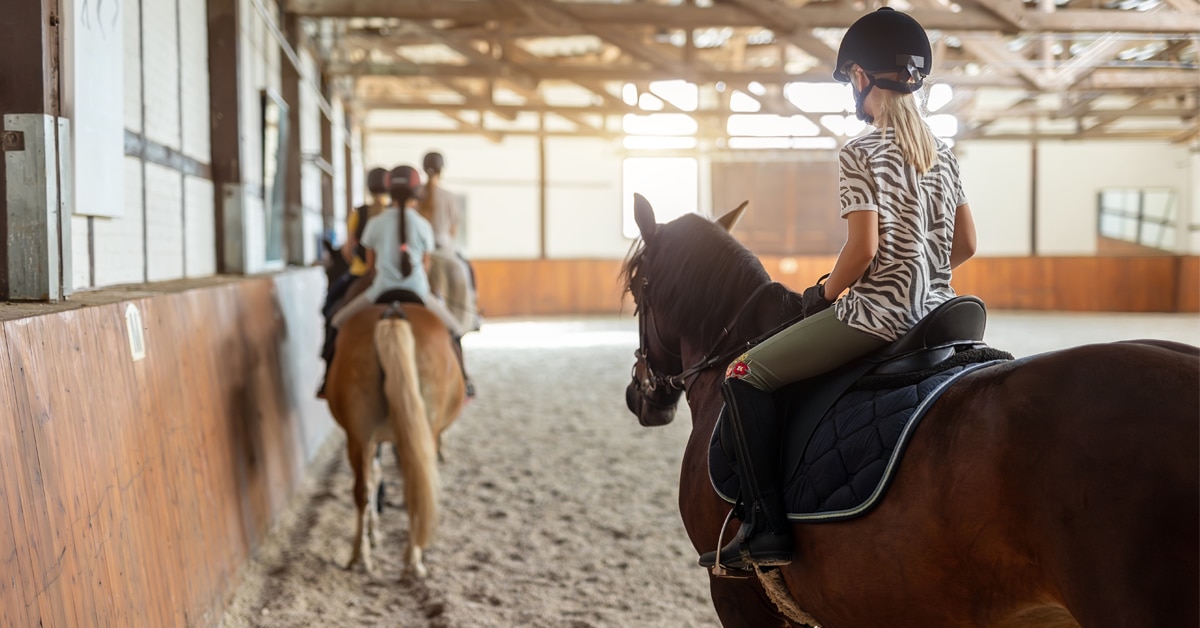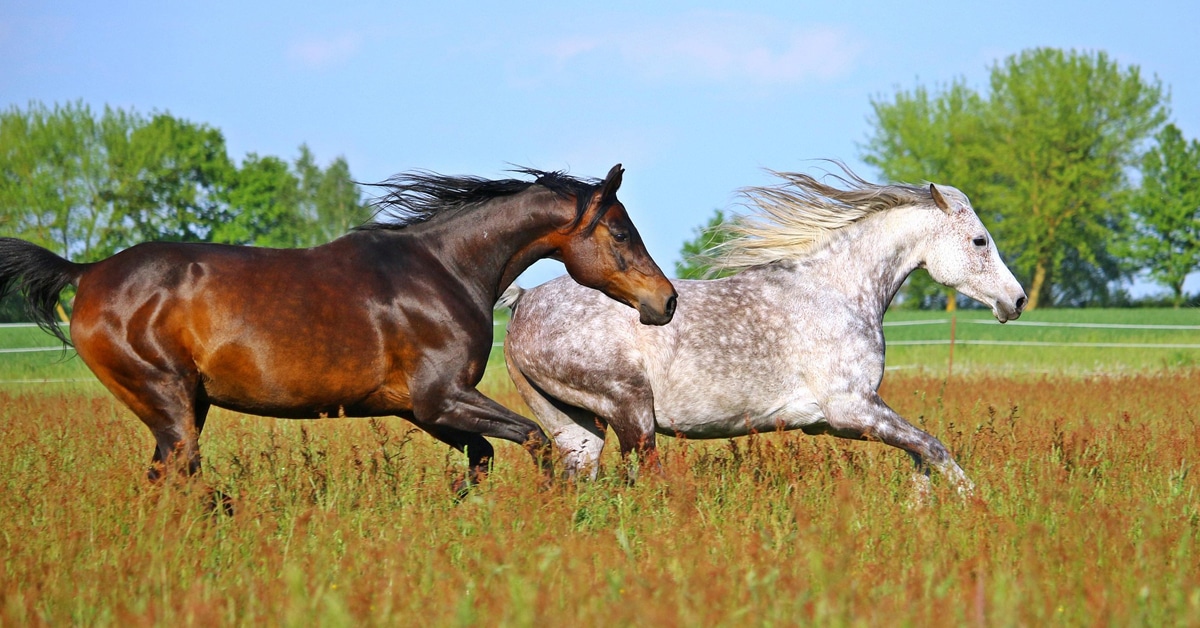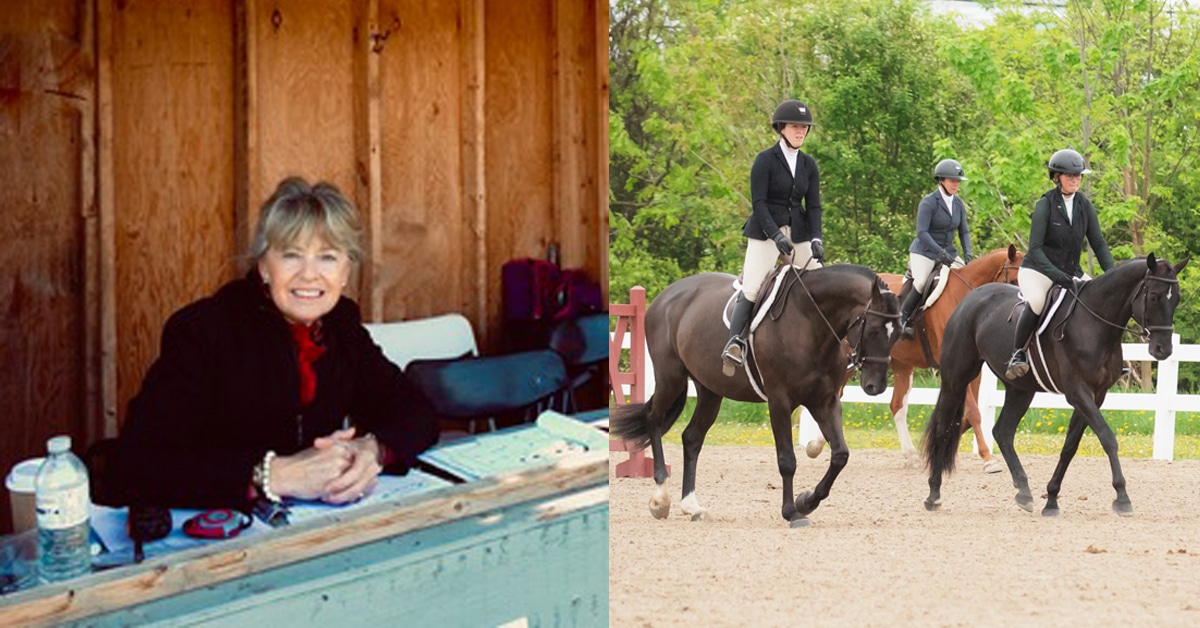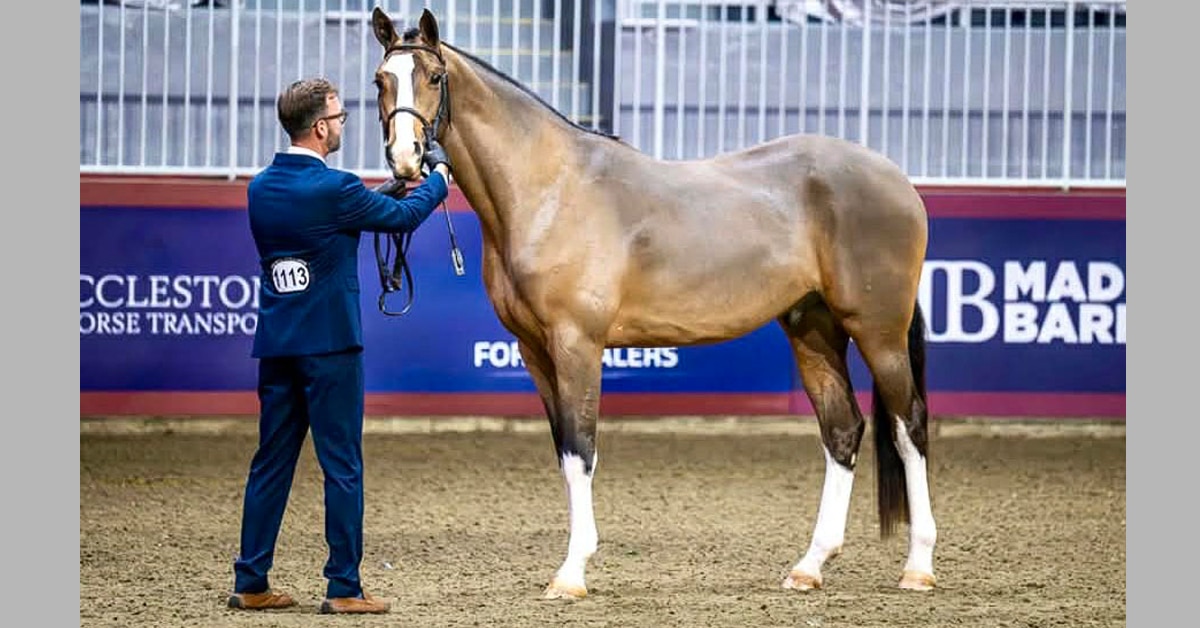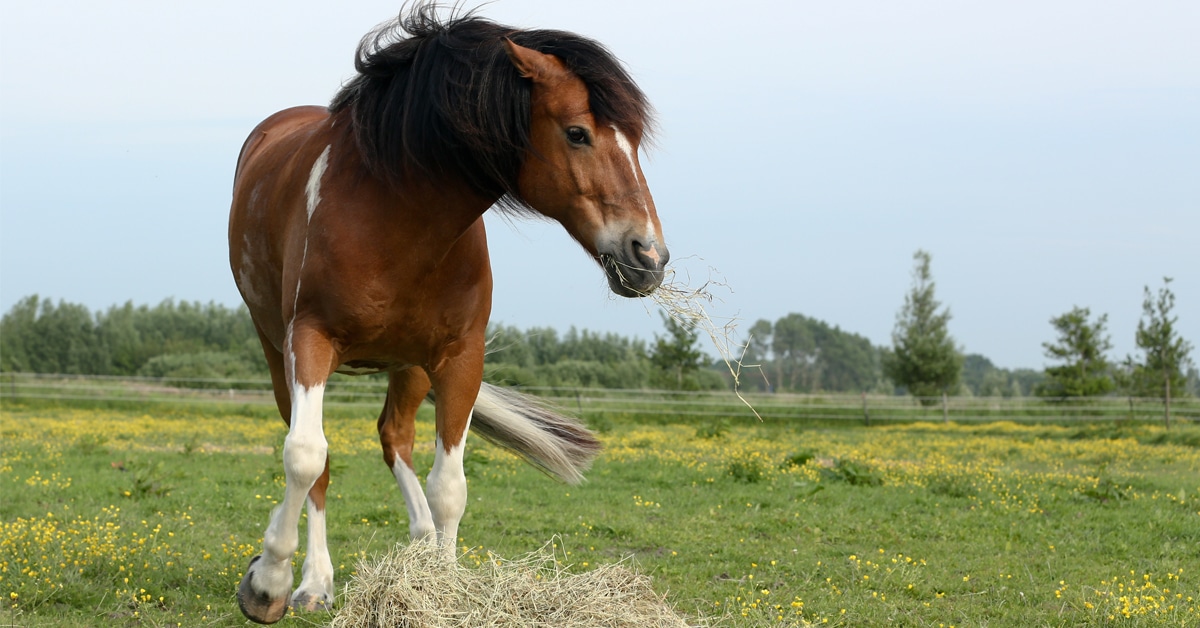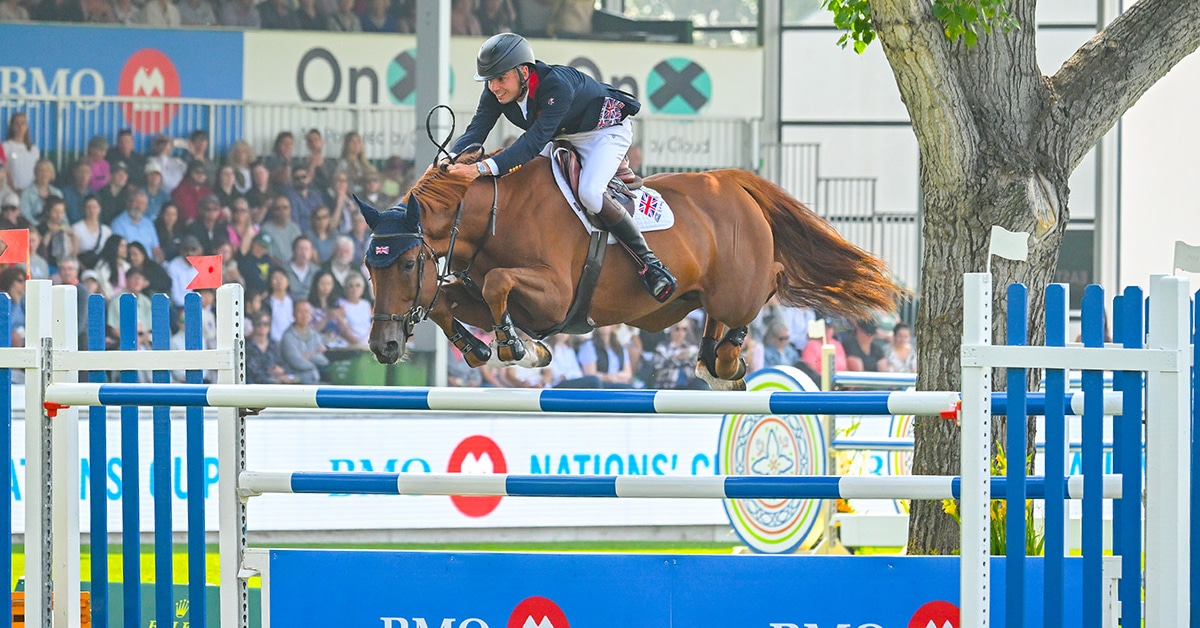It is ridden as part of a change of rein, out of countercanter, following an extended canter, between half-passes in zig-zags, and in sequences that culminate with the ultimate flying change exercise, the one-tempi changes.
Albrecht Heidemann has learned that while specific approaches and exercises must be tailored to fit the individual horse, there are a few basic principles that increase the likelihood of success in developing the flying changes. “Take the time so that the horse understands,” he advises in regard to all the exercises related to the flying changes. “Before the flying changes can be introduced, and throughout the horse’s training in all flying change exercises, the golden rule is “instant availability”: that when you apply the aids the horse doesn’t develop a response in a few strides, but that he instantly responds.”
A native of Germany, Albrecht Heidemann earned his Beireiter license and his German Gold Medal, which is awarded to riders who have won ten grand prix competitions with scores over 65%. Since moving to North America, he has become a renowned coach, particularly of Canadian juniors and young riders. His NAJYRC medal-winning students have included Pia Fortmuller, Alex Duncan, Jade Deter, Mathilde Blais- Tetreault and Megan Lane. Heidemann’s student Crystal Kroetch was a memberof Canada’s silver medal team at the 2011 Pan Am Games, where she finished sixth individually. Heidemann trains and coaches extensively throughout North and Central America.
The Touchstone: Leg Yield
“Before I can even think of introducing single flying changes in the horse’s training, I always make sure that I can easily go from leg yield in one direction to leg yield in the other direction in trot. Let’s say I am riding a leg yield to the right from the quarter line or the centre line. My horse is moving easily an obediently away from my left leg, crossing his legs under his body and getting closer to the side of the arena while remaining parallel to it. I don’t want even a suggestion of bend. The horse should be absolutely straight, and I should be sitting squarely in the centre of the horse. If anything, my weight might be slightly heavier into the direction of travel, to the right.”
Now comes the test: If I switch my aids and ask the horse to change his direction of travel to move to the left away from my right leg, does the horse yield immediately away from my new aids? I want to know that I can “navigate” the horse’s change of direction by shifting my aids and my weight (slightly). In particular, I want to feel that I can funnel the horse’s direction of travel with no loss of straightness.
A common fault in the leg yield is that the horse’s forehand or haunches are leading, and therefore he is not perfectly straight. In order to be able to quickly change from a leg yield in one direction to the other, the horse will first have to be straight as he yields from the pressure of my aids. It should be a straight horse that moves from the seat and new outside leg and rein into the new direction. Those are the aids that the horse has to understand for the flying change.
Rider Pitfall – The Inside Rein
So often in the flying changes the rider makes the mistake of taking up the rein on the side into which the horse is going to make the change. If the rider is asking for a flying change from left to right lead, the temptation is to take up the right rein and flex the horse to the right at the moment she asks for the flying change. By holding onto the new inside rein, the rider is effectively blocking the horse’s new inside hind leg from jumping underneath his body and into the new lead.
I find that the exercise which most promotes this mistake is when riders try to practise flying changes on bent lines, changing direction while asking for a flying change from true lead to true lead. In my experience there is a real risk of teaching the horse to change late behind. As the rider turns, she is likely to forget the importance of maintaining forward momentum, which diminishes the horse’s ability to take his old outside hind leg and bring it forward to become the new inside hind leg. For that reason I am not keen on using changes of direction with flying changes from true lead to new true lead.
First Changes – True Canter to Counter-Canter
For the reasons I have already outlined, I prefer to introduce the flying changes by using the quarter line and making a change from true canter to counter-canter. The reason I emphasize the importance of testing the horse’s ability to yield quickly from a new outside leg is because it’s the same change of my leg aids that inspires the change.
As I canter on the quarter line in true canter on left lead, I will perform a preparatory sequence before asking for the flying change. A few strides before I ask for the change, I put the horse in a shoulder-fore position; that is, with his shoulder on a slightly inside track to the hindquarters. I then ask the horse for a very slight counter-flexion to the right. That counter-flexion should be more a feeling of yielding; I do not actually flex the horse in the new direction.
I next ask the horse to make a small leg yield off my right leg to the left – in other words, into the direction of the left lead. The horse is now moving slightly toward the left and into what is about to become my new outside leg. I now ask for the flying change with my new outside aids, which are on the left side.
After the horse has done the flying change, I ask him to slightly yield toward the lead he is on, away from my left leg and toward the right. Once I have felt the horse yield to the new outside leg, over the next ten strides or so I once again develop a shoulder-fore position on the new right lead, which means the horse’s shoulder is slightly to the right and closer to the side of the ring.
This exercise on the quarter line from true canter to counter-canter should be practised, of course, in both directions.The most important aspect of the sequence of aids is the slight counter leg yield before and after the change. It’s the availability of moving off the outside leg that makes correct flying changes possible. Once the horse can make flying changes from true to counter canter, youcan then introduce the opposite: flying changes on the quarter line from countercanter to true canter.
Diagonal to Counter-Canter to Flying Change
Another exercise I like to use with horses that are just learning the flying changes makes use of counter-canter before the flying change, and a walk transition. When the flying changes are still new, horses can sometimes get a bit rattled. If you look ahead to doing sequential flying changes, you can see how important it is to make sure you can keep the horse calm, relaxed and listening to your aids in the single flying changes. He needs to learn to wait for your aids, rather than anticipate or become anxious.
If I am on right lead in true canter, I will ride across the diagonal, for example from M to K. Nothing in the horse’s canter rhythm or balance should change as I ride across the diagonal and into counter canter on the short side. I will either stay on the track on the next long side or I may make a slightly earlier turn onto the quarter line. When I am on the long side or the quarter line in counter canter I will then ask for a flying change into true canter. After the flying change I will ride a walk transition, followed by picking up the same lead in canter again. The walk transition teaches the horse to wait, and it gives him a chance to be quiet for a moment. The sequence is particularly good for a horse that tends to get hot in the flying changes.
This exercise has several possibilities for being added onto. After I have performed the walk transition and returned to canter on the same lead, I may then ride another flying change, followed by a second walk transition, and then pick the same lead up again. What the rider should always remember is that as you make the exercises more varied and difficult, you need to be aware of any tension or any inclination the horse has to fall back into his natural tendency of stiffness on oneside. If the horse does become stiff on one side or locked in the jaw, I will often do a bit of leg yield in the walk before returning to the canter.
“A horse that can perform several sequences of this exercise is approaching readiness to learn sequential changes, which I will discuss in the third instalment of this series.”
The Latest
